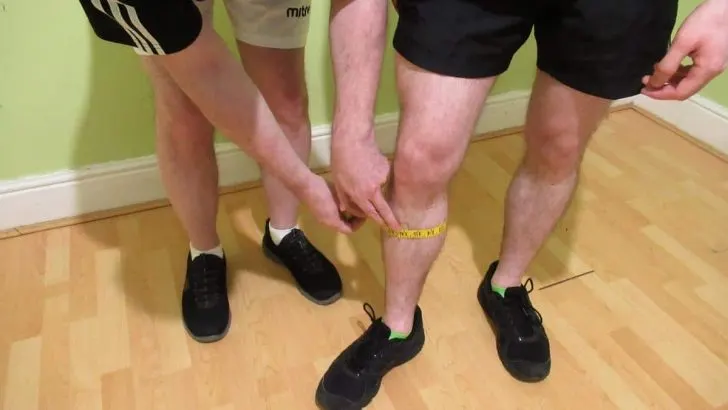If you want to learn what the average calf size is for men and women of different ages, then you’ve come to the right place.
Using data samples containing thousands of participants, we’ve calculated the average calf circumference in males and females so that you can see if your calf measurement is big, small, or normal.
You can also see our average thigh circumference guide to learn how your upper legs compare.
Alternatively, you can see our average ankle size guide to learn how your ankles can impact your calf development.
- 11 inch calves
- 12 inch calves
- 13 inch calves
- 14 inch calves
- 15 inch calves
- 16 inch calves
- 17 inch calves
- 18 inch calves
- 19 inch calves
- 20 inch calves
- 21 inch calves
- 24 inch calves
What is the average male calf size?
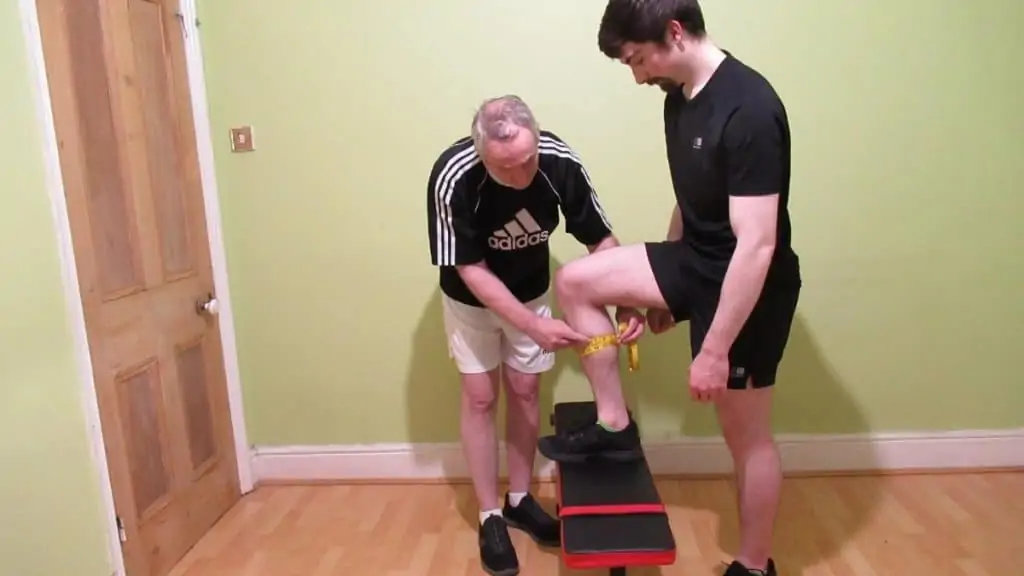
What is the average male calf circumference in inches?
According to anthropometric reference data from the Centers for Disease Control and Prevention (CDC), the average male calf size is 15.5 inches. This measurement is based on a sample of 4,303 men aged 20 years and over. [1]
Male calf girth differs between age groups. For example, the group with the largest average calf circumference measurement (15.8 inches) was the 40-49 age group.
Men aged 20-29 had a 15.5 inch circumference measurement, and men aged 30-39 had a marginally bigger 15.6 inch measurement.
As you might expect, male calf circumference increases up until around 49 years of age and then decreases after 50. Men between the ages of 70-79 have 14.9 inch calves on average, whereas those aged 80+ have 14.2 inch calves.
What is the average calf size for females?
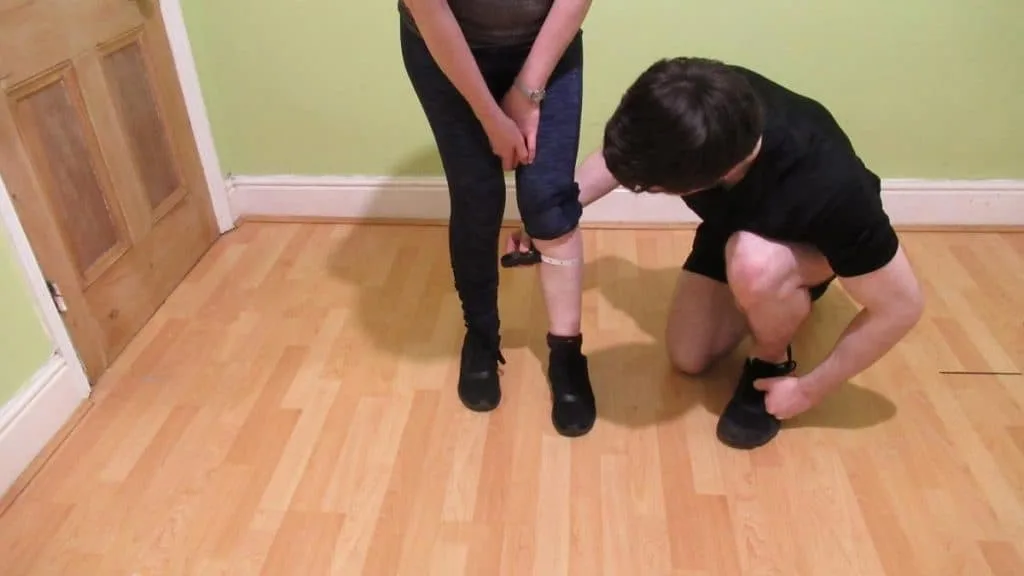
What is the average female calf circumference?
Based on data from a 2008 National Health Statistics Report, which measured 4133 women, the average female calf size is 15.0 inches.
The average size is 14.8 inches for women aged 20-29, 15.2 inches for women aged 30-39, and 15.4 inches for women aged 40-49.
As with male calf size, female calf circumference peaks around age 50 and decreases thereafter.
Women aged between 60-69 have 15.1 inches calves, and those aged 70-79 have 14.4 inch calves.
Ladies older than 80 have an average calf measurement of 13.9 inches.
Average calf circumference chart by gender
The following calf circumference charts will help you to find the normal calf size for your age range.
Note that if your individual calves measurement falls slightly under or over the average circumference (up to 0.3 inches either way), then your calves are still considered normal.
Male calf measurement chart
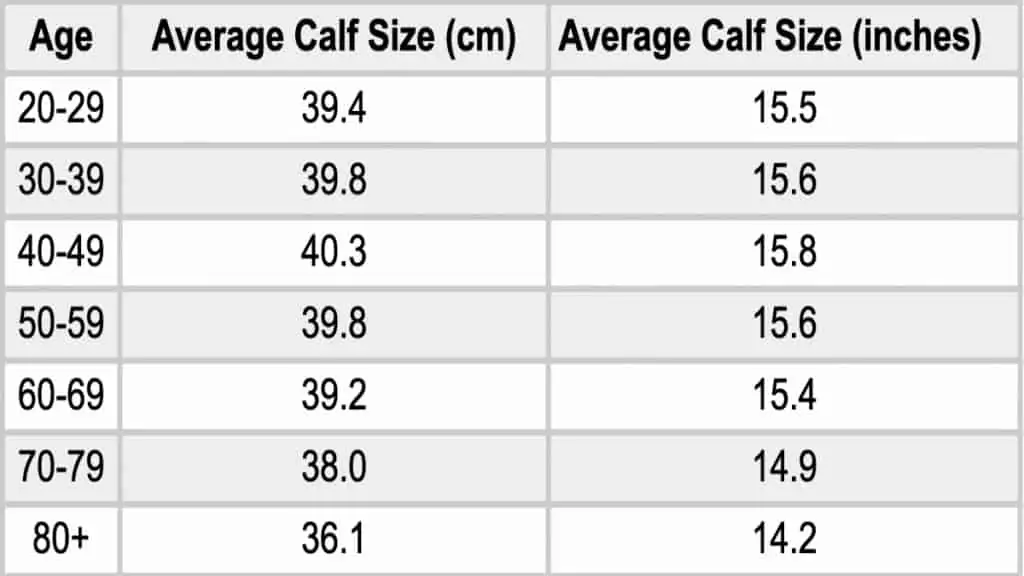
On average, men tend to have bigger calves than women of the same age. The difference, however, is not as significant as you might have thought.
For example, there are only 0.4 inches of difference in calf size between men and women in the 30-39 age group.
Of course, the data wasn’t taken from the weight lifting population. Still, in the general population, the average calves size doesn’t differ dramatically between gender. Age, however, is a much stronger predictor of calf girth.
Female calf measurement chart
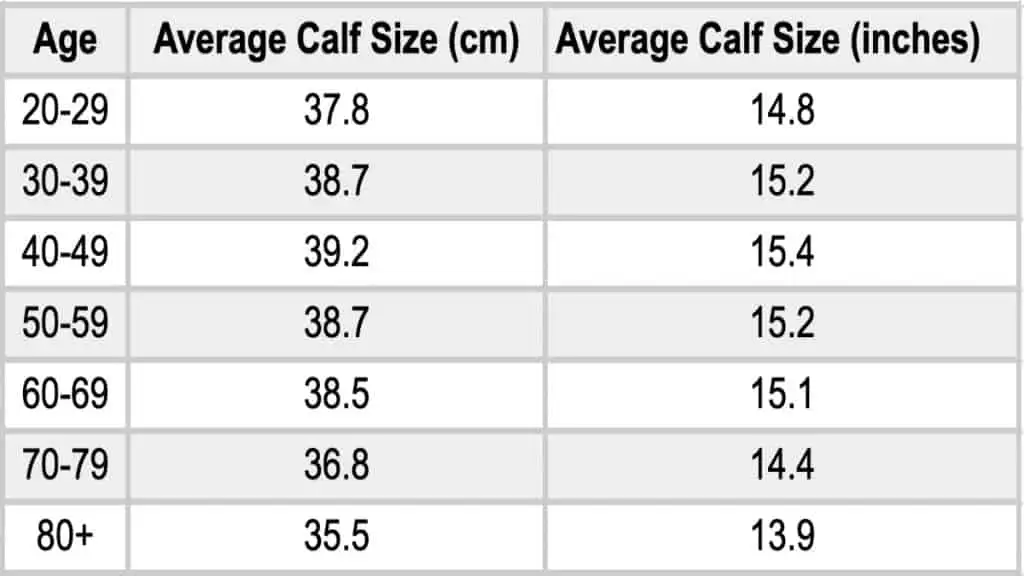
A normal calf circumference for a woman between the ages of 20 and 50 is anywhere from 14.5 to 15.75 inches. After age 50, calf size decreases slowly until age 70, at which point it decreases more rapidly.
For example, women aged 50 to 69 have similarly sized calves. During their 70s, however, most ladies tend to lose a half-inch or so from their calves due to age-related muscle loss, which is called sarcopenia. [2]
See Also: Average men’s chest size│Average shoulder width
How to measure your calf size
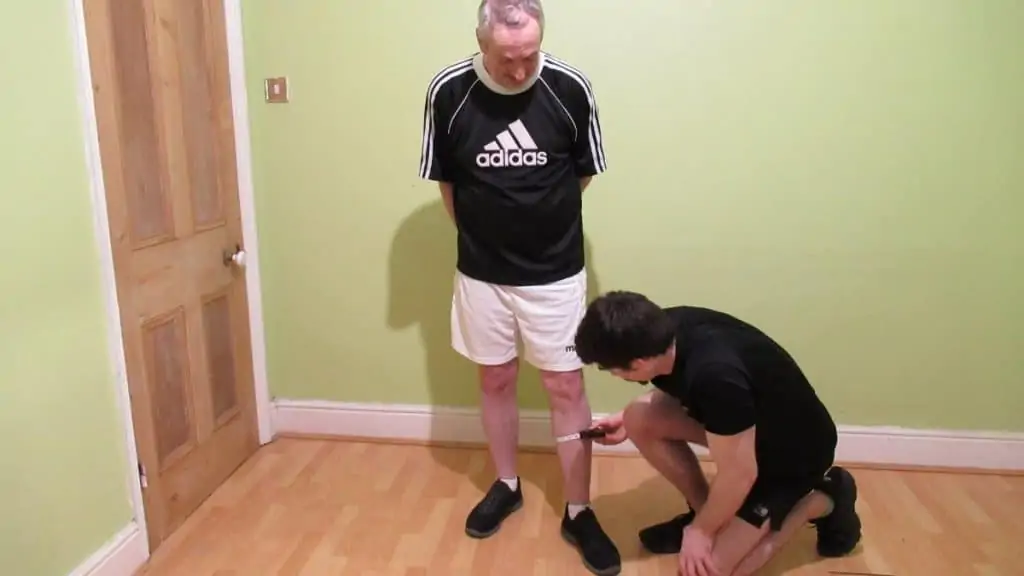
This section tells you how to measure your calf circumference accurately so that you can see if your exercise routine is working and so that you can buy clothes that fit you well.
To measure your calves, get a tape measure and then sit on a chair or stand up straight. Note that calf measurements taken seated will be slightly bigger than those taken standing up.
If you’re tracking your gym progress, make sure to take your calf measurement in the same position (standing/sitting) and in the same state (relaxed/contracted) each time.
- Plant your foot firmly on the floor while you’re in either a standing or seated position.
- Wrap a tape measure around your calf and then move it up and down your lower leg to find the thickest part.
- Wrap the tape measure around the thickest part of your calf (typically in the center of the muscle) and record the measurement.
- Do the same for your other calf.
- Consider taking 2-3 measurements for each calf to ensure that you get an accurate reading.
What size calves are considered big?
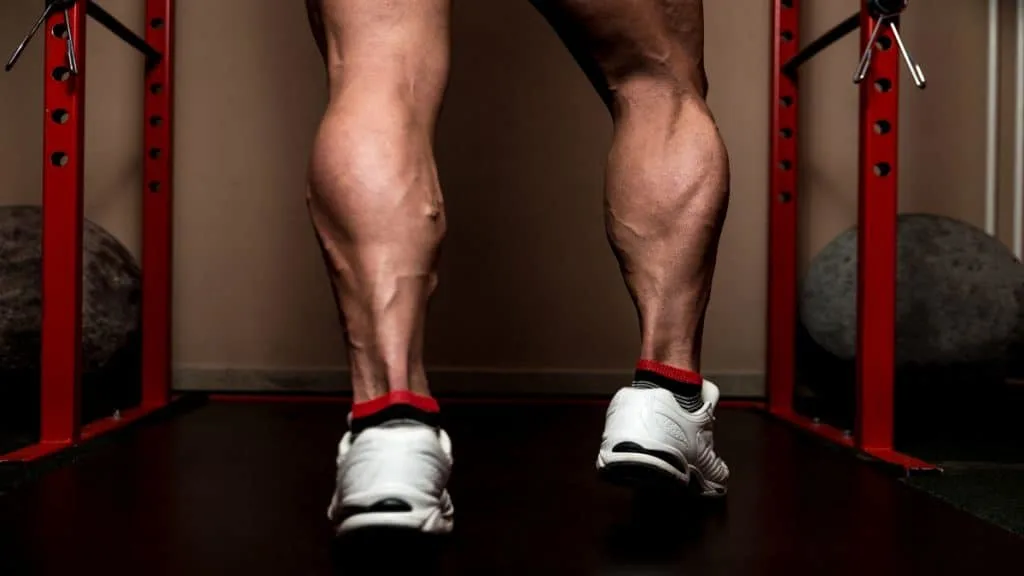
What are considered big calves? Whether your calves are considered big or not depends primarily on your height, gender, and body fat.
For the average man, a calf size of 16 inches or more is typically considered big. However, if you’re really tall and/or have an excessively high body fat level, then your calves may actually look smaller than they really are.
On the flip side, shorter individuals with a lean physique can have very impressive-looking calves without having a large measurement.
For a woman of a normal height, a calf measurement of 15.5 inches or more is considered big (but not necessarily too big) by most people.
Typically, those with larger ankles will have bigger calves because having more bone mass gives you the potential to hold more muscle mass.
See Also: Average bicep size│Average neck size
How to increase your calf circumference
Whether you’re trying to build the biggest calves in the world or just gain a small amount of lower leg muscle, these helpful tips will make gaining calf size rewarding and straightforward.
Direct training
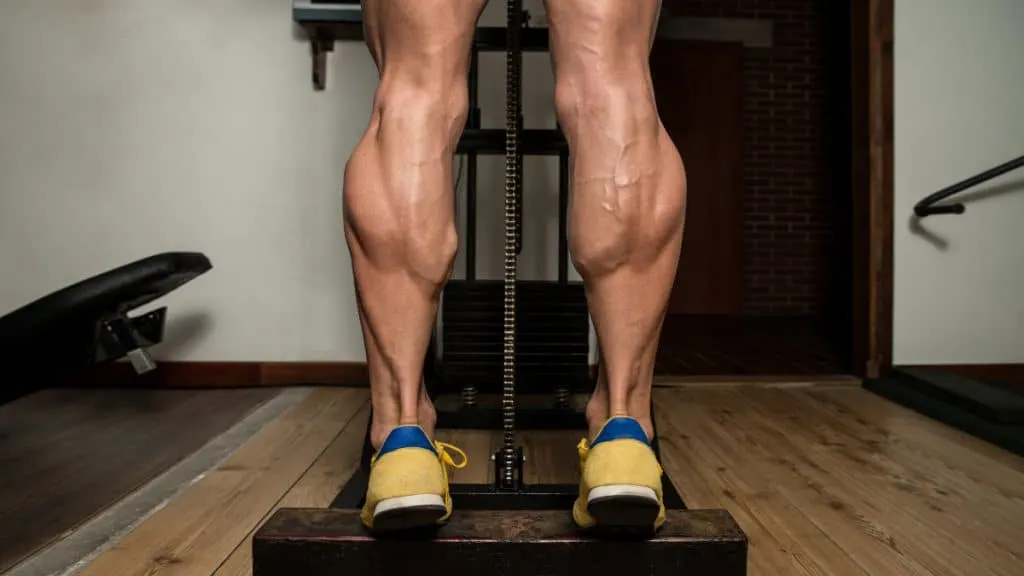
If you want to exceed the average calf size for men, then direct training is the best way to go about it. But it’s no good just doing a few sets of calf raises after your leg workout; you need to train your calves with purpose if you want them to grow.
First and foremost, you need to train your calves like you would any other muscle, which is to say progressively. While bodyweight calf raises have their place, you need to add weight to your calf exercises if you want to maximize your results.
This is primarily because your calves are already used to carrying your body weight around for prolonged periods of time. So you need to expose them to heavier resistance (or significantly more volume) to get them to grow.
Additionally, you need to train all the muscles in your lower leg if you want to increase your calf width and circumference.
In practice, this means training your soleus and tibialis as well as your gastrocnemius (the main calf muscle). [3]
To work the soleus, which lies under the bulkier gastrocnemius, you need to do bent-leg calf raises.
To train the tibialis, which is the muscle on the front of your shin, you need to raise your foot toward your shin under resistance.
Tibialis raises are easiest to do with a dedicated machine. But since few gyms have such equipment, you can get similar results by using a weight plate.
Maintain a higher body weight
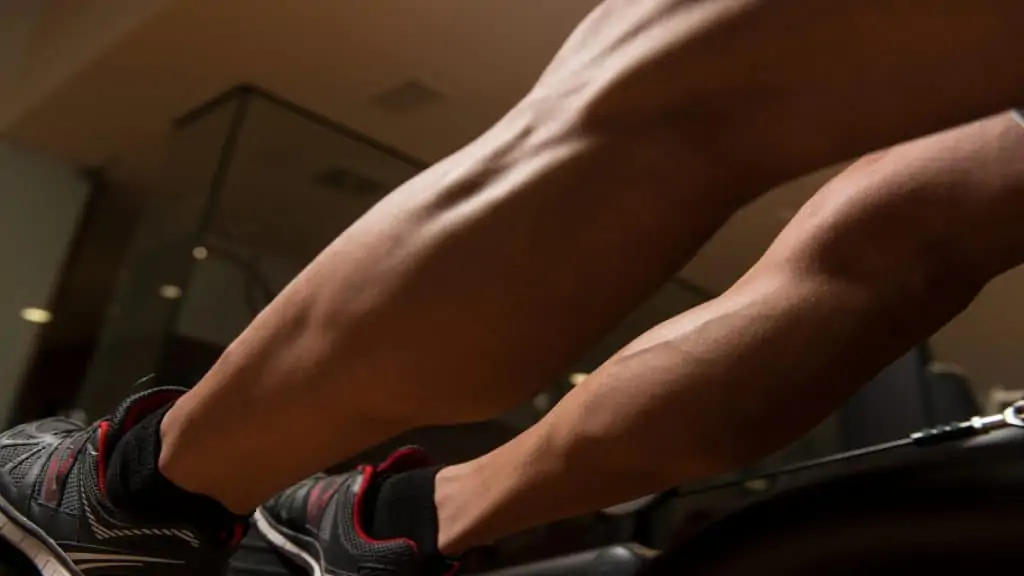
In general, those with higher body masses tend to have larger calf sizes. This is so for two reasons.
First off, having more body mass increases the circumference of your limbs and muscles (even if it is only via fat storage).
Second, if you weigh 30 lbs more than someone else, then that’s 30 lbs of extra body mass that your calves have to support.
This is why you see quite a few overweight people with good calves—their calves simply have to do more work, which encourages them to grow.
Additionally, bulking up and eating in a calorie surplus will likely make you feel stronger in the gym and help you to recover faster. In turn, this extra calorie-fueled strength will enable you to train your calves harder and heavier without risking under-recovery.
See Also: Average hip size│Average butt size
Change your measurement state
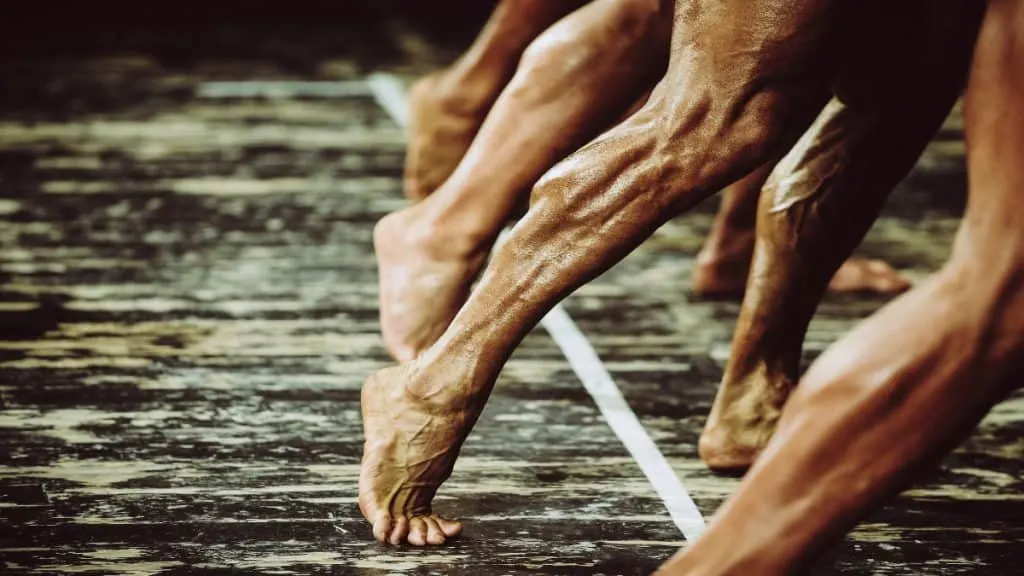
We talked about measuring your calf circumference and how taking a seated measurement typically results in a slightly larger circumference measurement.
Well, measuring your calves while sitting down isn’t the only way to stretch the tape measure.
Measuring your calves flexed (pull your ankle towards your calf) and pumped (go do some high rep calf raises) will give you a larger calf circumference measurement almost immediately.
Of course, getting a calf pump and flexing your lower legs doesn’t actually make your calves any bigger in the long term (unless you do it every day).
However, since many weight lifters measure their calves pumped and flexed in order to get the biggest measurement possible, it might be worth doing the same if you want to see how big your maximum calf circumference is.
You could gain as much as an inch on your calves if you do all of the above (measure them pumped and flexed while sitting down).
Calf circumference FAQ
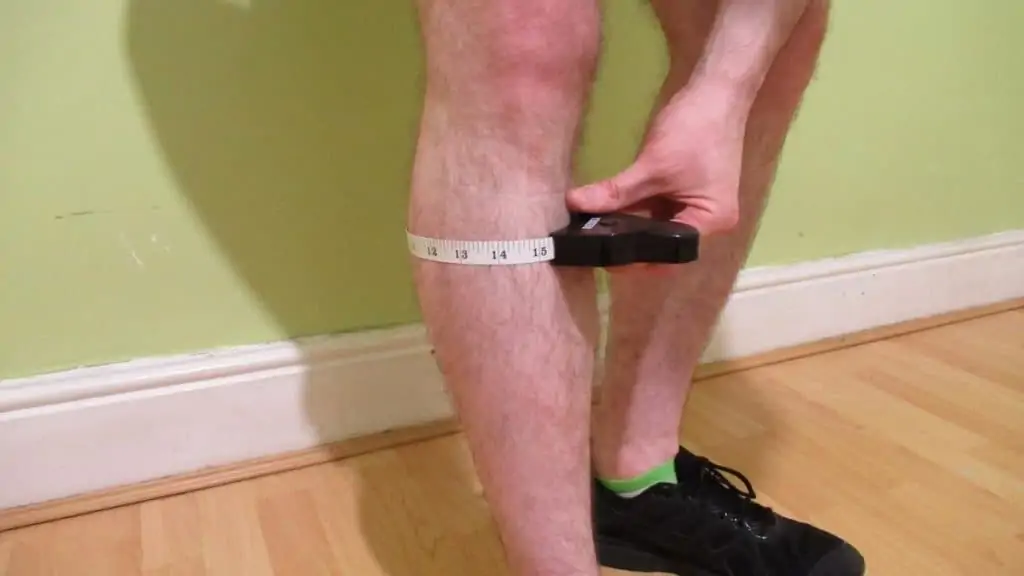
Learn everything there is to know about calf measurements with this helpful FAQ.
Where should you measure your calf?
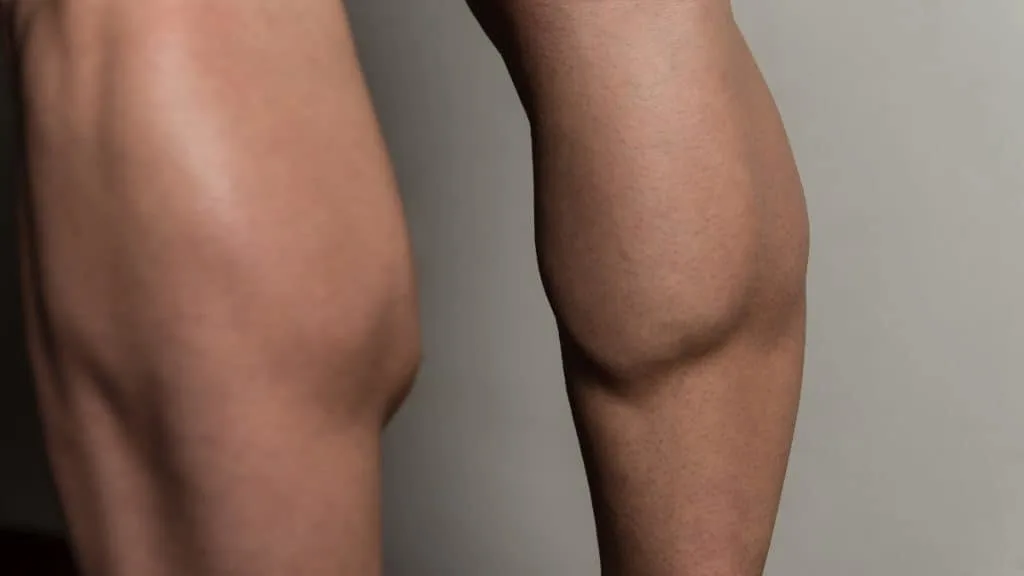
Measure your calf around the widest point. This is usually around the center of your calf, but don’t hesitate to move the tape measure around your lower leg in order to find the thickest point.
The main reason that you want to measure your calf around the widest point is that you don’t want to buy boots or clothing that’s too tight.
Additionally, most people (especially weight lifters) naturally tend to measure their calves at the widest point in order to get the biggest measurement possible. So it’s best to do the same if you want to see how your calf girth compares.
What is the average calf size for my height?
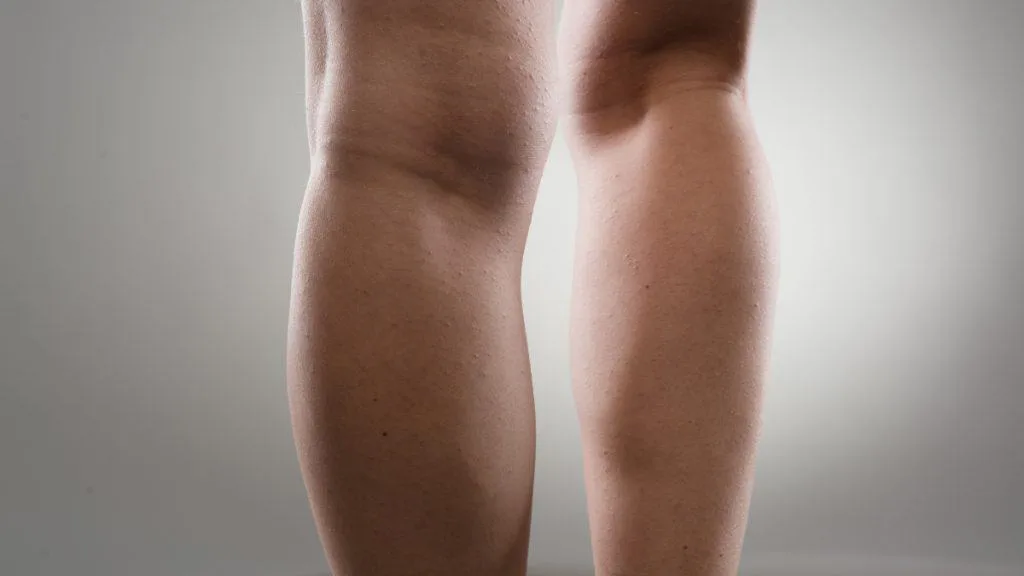
There is next to no data that examines the relationship between calf size and height. Luckily, however, we can make general estimates based on other genetic facts.
Tall people have more bone mass than shorter people. Specifically, they have bigger ankles, and bigger ankles give you a higher muscular potential for your calves.
As such, tall people tend to have larger calves than shorter people, even if they don’t necessarily look bigger.
On the contrary, shorter people often look like they have really big calves when their actual circumference measurement isn’t that big in absolute terms.
What is considered a wide calf?
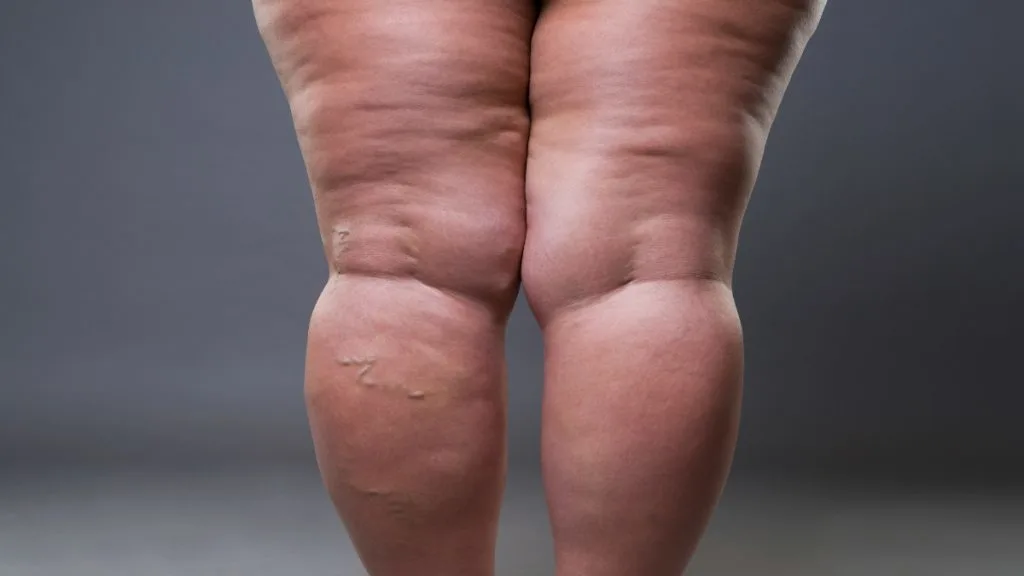
Many women, when they’re shopping for boots and other such items, are curious about what is considered a wide calf circumference.
Wide calf measurements obviously depend on the brand of clothing or boot that you’re looking at, but in general, anything over 15.5 or 16 inches is considered a wide calf.
Of course, just because your calves are considered wide based on a particular brand’s sizing doesn’t necessarily mean that your calves are too wide.
What’s the ideal calf measurement for a model?
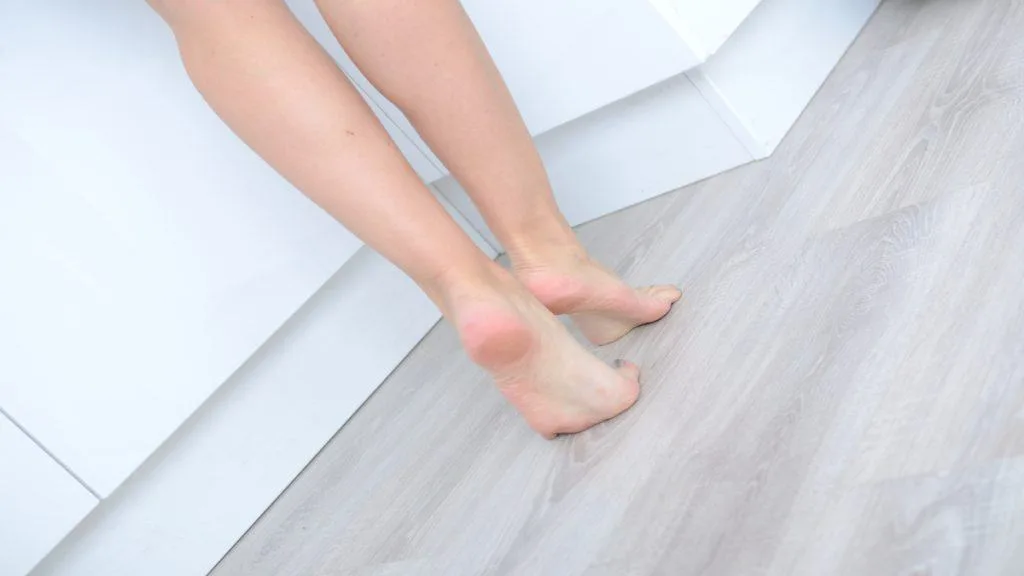
Typically, female models have calves that measure between 13 and 15 inches. That’s a broad range, yes, but it really depends on what you’re modeling.
A female fashion model, for example, is going to need much slimmer calves than a male fitness model.
As long as your calves look in proportion with the rest of your body, you likely don’t need to worry about specific measurements.
The good news is that it’s entirely possible to increase and reduce your calf circumference via resistance training, cardiovascular exercise, and a diet that’s healthy and appropriate for your modeling goals.
Read More: Average forearm size│Average waist circumference
Conclusion: How big should your calves be?
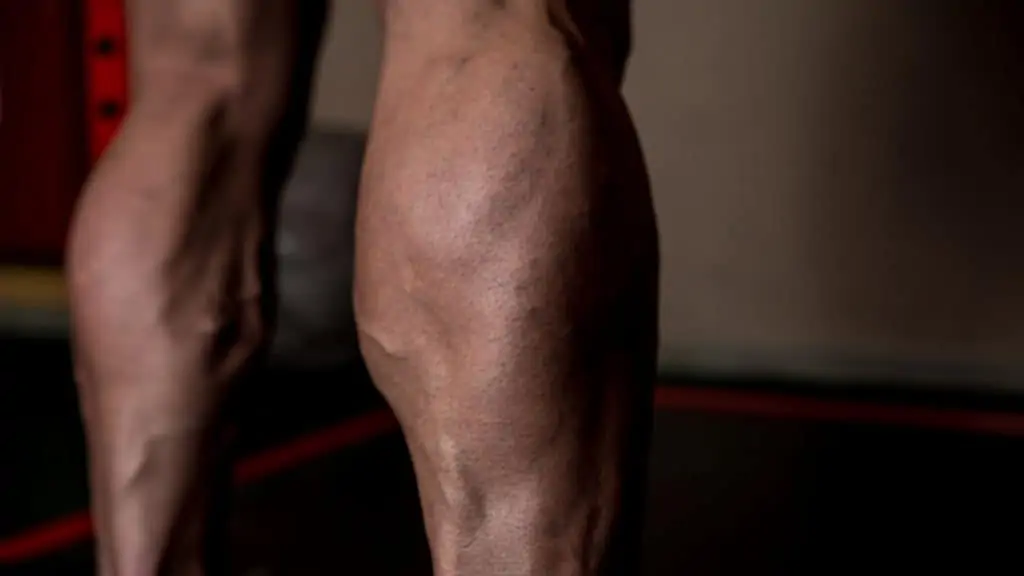
Now that you know the average calf size for men and women, you can assess whether you need to make your calves bigger or try and slim them down.
Bear in mind, however, that there’s nothing wrong with having calves that are bigger or smaller than average. As long as you maintain a healthy BMI and don’t have too much excess body fat, it doesn’t matter how large your calves are.
But to answer the question—how big should my calves be—if you’re a man, then calves between 14.5 and 16.5 inches are typical. For women, this range is slightly lower, with 14-16 inches being the normal calf circumference.
References
- Centers for Disease Control and Prevention. (2008, October). Anthropometric Reference Data for Children and Adults: United States, 2003–2006 (No. 10). https://www.cdc.gov/nchs/data/nhsr/nhsr010.pdf
- Kawakami, R., Murakami, H., Sanada, K., Tanaka, N., Sawada, S. S., Tabata, I., Higuchi, M., & Miyachi, M. (2014). Calf circumference as a surrogate marker of muscle mass for diagnosing sarcopenia in Japanese men and women. Geriatrics & Gerontology International, 15(8), 969–976. https://doi.org/10.1111/ggi.12377
- Gastrocnemius. (2022). Physiopedia. https://www.physio-pedia.com/Gastrocnemius

